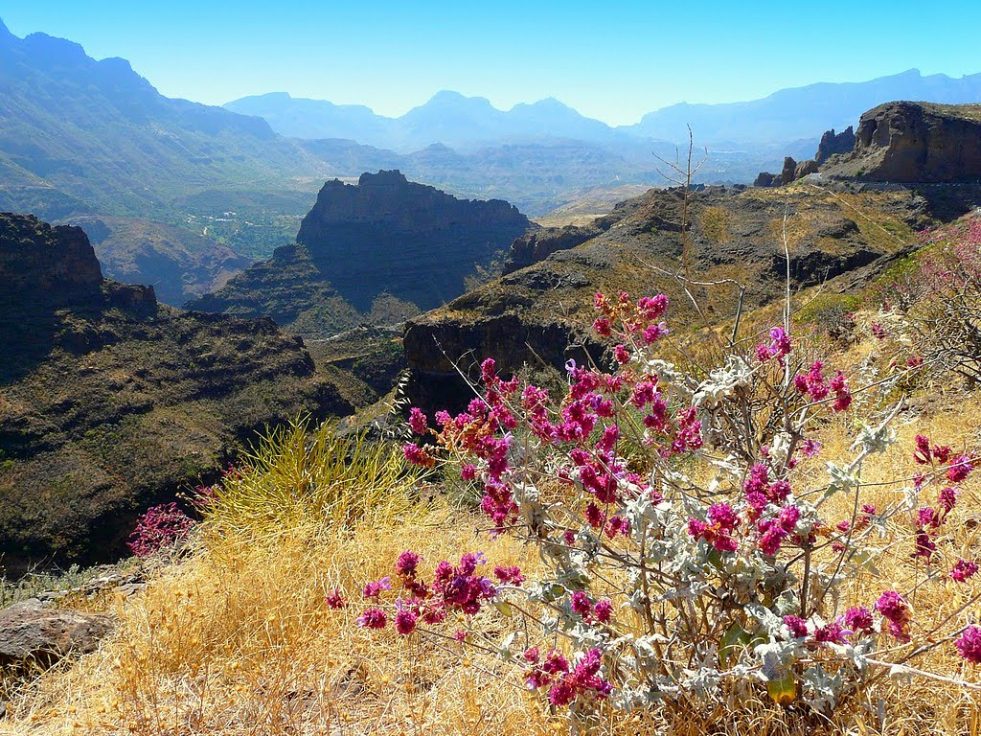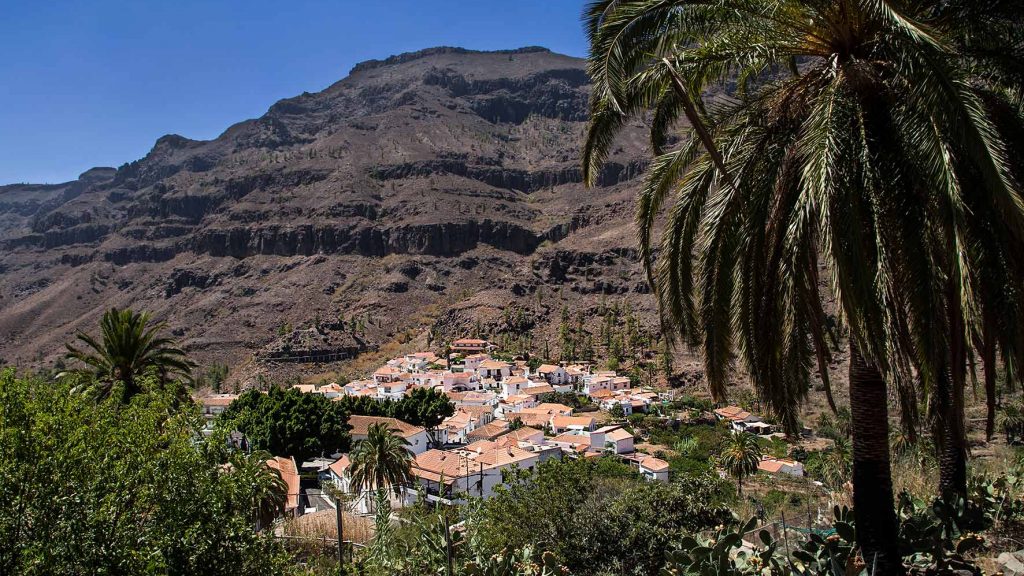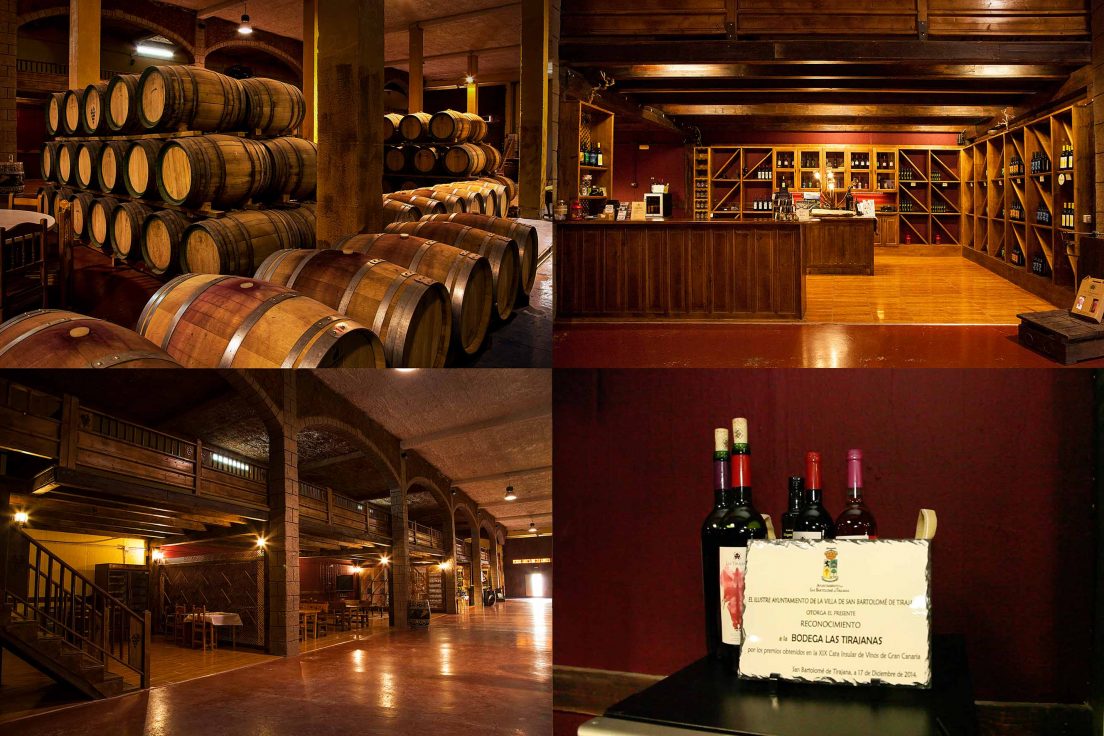Just a few kilometres from Gran Canaria’s main tourist area lies one of the island’s most fascinating landscapes. It is quite amazing to see some of the island’s most volcanic areas. Starting from here, you can let yourself be swept away by such a wide variety of landscapes that the island seems more like a continent in miniature than ever.
A continuing tradition and passion for wine: Gran Canaria produces wines from grape varieties known locally as CastellanaVerijadiego, Listán, Malvasía and Moscatel, this last, a unique grape in the world. Wines that are the result of the producers’ expertise and whose character comes from the trade winds, the sea, and the volcanic soil, making them special and justifying their Protected Designation of Origin.
Try our famous wines in a wine-tasting at a winery located in a spectacular natural setting.
Santa Lucía: This is a village where a stroll through the history-laden cobbled streets is like travelling back in time. In the main square is the Church of Santa Lucía, and this is one of the village’s most highly recommended visits. Most people in the village are involved in agriculture. We’ll visit a mill which used to produce the Canary Islands’ famous gofio (toasted cornmeal), and then we’ll have the chance to try typical home-made products, as well as learn about the village’s great craft tradition.
El Guriete View Point: Located in the Natural Park of El Guriete: from this spot in the ravine you can make out the fortress of Ansite. Today we want to show you the beauty of both these natural resources in the island’s interior, in what is probably one of the most charming places on Gran Canaria.
Barranco de Guayadeque (GuayadequeRavine): Declared a Natural Monument under the Canary Islands Protected Natural Areas Law, and a Site of Cultural Interest, it is one of the largest ravines in the Canary archipelago and one of the greenest and most impressive valleys on the island. With more than 80 endemic species growing in abundance on its steep slopes, it stands out for its pre-Hispanic remains and for its valuable flora and fauna. Furthermore, the area is very important from an archaeological point of view, as there are hundreds of caves that were home to many indigenous people, and there is even a hermitage carved into the rock. Nowadays, one of the typical Canary Island traditions is to have lunch in a cave- restaurant and enjoy this hidden gem in nature.





